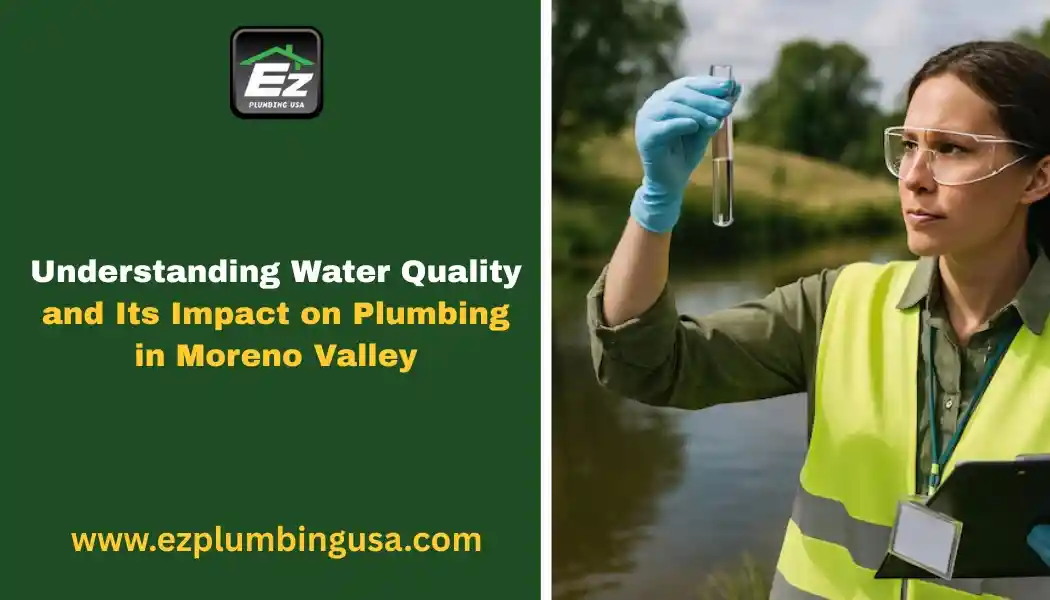Maintaining Your Sink Water Filter: Cartridge Lifespans & Best Replacement Practices
Views : 638

Why is regular maintenance of water filters important?
Understanding Cartridge Lifespans
- Standard Activated Carbon Cartridges: For a period of 2 to 6 months.
- Reverse Osmosis Membranes: Can go for 1 to 2 years.
- Sediment Filters: We replace them out every 3 to 6 months.
- Specialty Filters: May go up to 6 months but will depend on use.
Signs You Need to Replace Your Cartridge
- Foul taste or odor in water
- Reduced water pressure
- Cloudy or discolored water
- Filter out indicator turns on (if equipped).
Top Tips for Changing Sink Water Filter Cartridges
1. Adhere to Manufacturer’s Instructions
2. Maintain a routine schedule for care of your item
3. Clean out the Filter completely
4. Check out Seals and Connections
5. Clean the Housing
Choosing the Right Replacement Filter
- Compatibility: Fine tune it for your model.
- Filtration Goals: Select filters for your area’s specific contaminants.
- Flow Rate: For large households.
Tips for Maximizing Filter Life
- Use Cold Water: Most filters do not work with hot water and may break down faster.
- Pre-Filtration: Using a sediment pre-filter will extend carbon cartridge life.
- Low-Usage Periods: If for extended time frames you do so.
Benefits of a Properly Maintained Water Filtration System
- Enhanced water taste and odor
- Lower maintenance costs
- Prevention of blockages and wear to appliances.
- Reliable performance from your filtered water dispenser.
Common Mistakes to Avoid
- Until water quality has declined.
- Not flushing the new filter
- Using incompatible cartridges
- Overlooking signs of wear in the housing unit.
Environmental Impact of Cartridge Disposal
Eco-Friendly Options: Eco Choices
- Choose refillable cartridge options
- Buy biodegradable or recyclable filter components
When is it time to replace your sink water filter?
- Your changing water needs (like that of a growing family).
- In your area we have identified new contaminants.
- The system has been in use for over 5 years.
Maintaining a Filtered Water Dispenser
- Clean the dispenser’s nozzle regularly
- Replace internal filters on schedule
- Keep it out of the rain and away from the sun.
Modern Sink Water Filters Technology
- Filter Change Notifications: Sent to your phone.
- Water Quality Monitoring: Real time TDS measurement report.
- Leak Detection: Notifies you of plumbing or cartridge problems.
Budgeting for Filter Replacement and Maintenance
- Monthly Filter Cost: Calculate the price per month of the filter.
- Annual Maintenance Budget: Also include filters, sanitizers and solutions for repair.
- Service Plans: Some providers present annual maintenance programs.
How EZ Plumbing USA Can Help
Bullet Point Recap: Quick Fix List
- Replace as required by type and quality of water.
- Flush filters after replacement
- Track replacements with reminders or apps
- Sanitize filter housings regularly
- Choose compatible and high-quality filters
- Monitor taste, smell, and water pressure
- Recycle used cartridges responsibly
- Steer clear of hot water through the filter.
- Upgrade if system is outdated
- Consult professionals for complicated setups
Conclusion
FAQ'S
Q1: How often should I replace my sink water filter cartridge?
Most cartridges last 2–6 months. However, check your filter’s manual for specific timelines based on filter type and usage.
Q2: Can I clean and reuse my sink filter cartridge?
Standard carbon and sediment cartridges are not reusable. However, some advanced systems offer refillable or washable filter options.
Q3: Why is my filtered water tasting bad even after replacement?
New cartridges must be flushed properly. If the taste persists, check for expired cartridges, faulty housing, or new contaminants in your water supply.
Q4: Is it safe to use hot water in a sink water filter?
No, most sink filters are designed for cold water. Hot water can damage the filter media and reduce its effectiveness.
Q5: Can I install a filtered water dispenser with my existing sink water filter?
Yes, many sink filters are compatible with separate dispensers. Check for connection compatibility and additional filter requirements.



